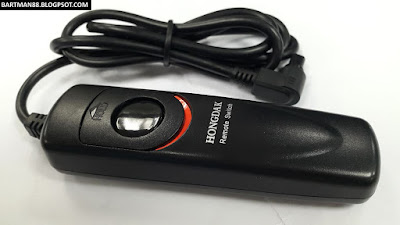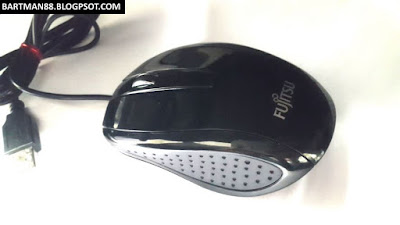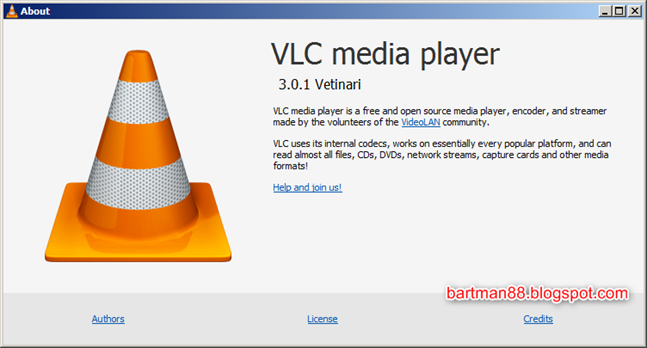Disassembling a generic RS-80N3 canon DSLR remote

This is a wired remote for Canon DSLR camera. It's used on the Canon 1D, 30D, 40, 50D, 7D etc. This cheap generic canon RS-80N3 wired remote has failed on me after about 2 to 3 years of infrequent use. Pressing the button did not create any response on the camera. I suspect there could be an open circuit somewhere in the remote. The plug on this cheap remote are also very loose when connected to the camera. I found out that this cheap remote’s plug is lacking an additional outer ring that helps the plug to fit snugly into the camera’s remote socket. Here's a quick side by side comparison of the plugs with my Pixel wireless remote adapter cable (on the right). The wireless remote that i have is similar to this model: Since this unit is not working, let’s have a look inside the remote and see how it is put together before i throw it into the Ewaste bin. One of the unique thing about this remote is that it does not use a standard electronic mechani

